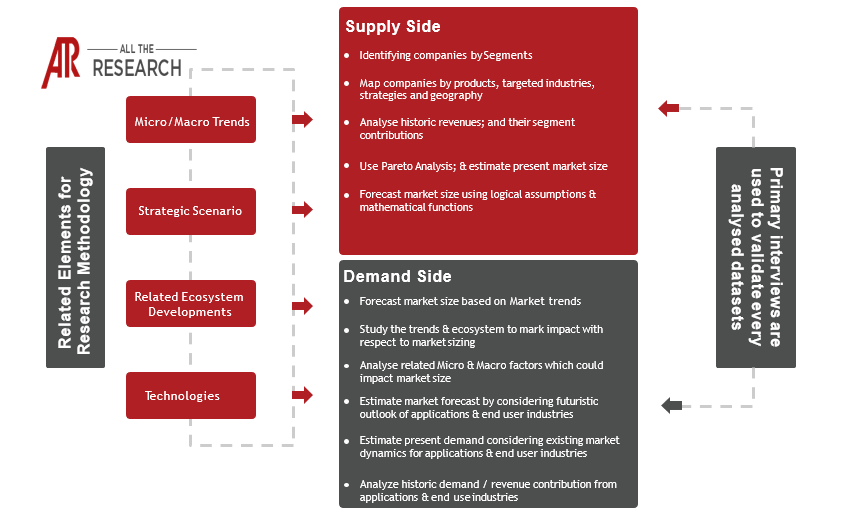The global nanotechnology in cosmetics market represents a dynamic and rapidly evolving sector, poised for significant growth in the coming years. This market leverages the power of manipulating matter at the atomic and molecular level to enhance the efficacy, performance, and sensory properties of cosmetic products. This report delves into the key facets of this burgeoning industry, providing a comprehensive analysis of its present state, future trajectory, and the underlying forces shaping its evolution.
Key Definitions:
At its core, nanotechnology in cosmetics involves the use of materials with dimensions typically ranging from 1 to 100 nanometers. These nanomaterials are integrated into cosmetic formulations to achieve specific functionalities, including:
Market Drivers and Growth Projections:
The nanotechnology in cosmetics market is witnessing robust growth, driven by a confluence of factors. The anticipated CAGR for the global nanotechnology in cosmetics market is projected to be substantial over the forecast period. Key market drivers include:
Key Challenges and Restraints:
Despite the promising outlook, the nanotechnology in cosmetics market faces several challenges:
Regional Trends and Market Landscape:
The nanotechnology in cosmetics market exhibits diverse regional trends. North America and Europe have historically been frontrunners, driven by high consumer spending, robust R&D capabilities, and advanced regulatory frameworks. The Asia-Pacific region is experiencing rapid growth, fueled by rising disposable incomes, a burgeoning cosmetic industry, and increasing consumer awareness. Emerging markets, such as Latin America and the Middle East, are also witnessing expanding opportunities.
Competitive Landscape and Industry Dynamics:
The nanotechnology in cosmetics market is characterized by a mix of established multinational corporations, innovative startups, and specialized nanomaterial suppliers. Key players include established cosmetic giants, as well as nanotechnology companies focused on developing and supplying specific nanomaterials or delivery systems. Mergers and acquisitions (M&A) activity in the market has been notable, with larger companies acquiring smaller nanotechnology firms to gain access to novel technologies and expand their product portfolios. Fund raising activity has also been robust, reflecting the growing interest in nanotechnology-based cosmetic innovations.
Regulatory Focus:
Regulatory frameworks are actively developing to address the use of nanomaterials in cosmetics. Key focus areas include labeling requirements, safety assessments, toxicity testing, and risk management strategies. Regulatory bodies, such as the European Commission and the US FDA, are closely monitoring the market and issuing guidelines to ensure consumer safety and environmental protection.
Conclusion:
The nanotechnology in cosmetics market is at an inflection point, poised for continued expansion driven by innovation, growing consumer demand, and a rapidly evolving regulatory landscape. By understanding the key drivers, challenges, regional trends, and competitive dynamics, stakeholders can navigate this dynamic market and capitalize on the numerous opportunities it presents. This report provides an essential roadmap for understanding this rapidly evolving sector and its profound impact on the future of the cosmetic industry.
The Report Segments the market to include:
Product Type
Application
End-User
Distribution Channel
Region

Ask for free product review call with the author

Share your specific research requirements for a customized report

Request for due diligence and consumer centric studies

Request for study updates, segment specific and country level reports
Positive Trends:
Adverse Trends:
Product Type
Application
End-User
Distribution Channel
Region
BASF SE L'Oréal S.A. Estée Lauder Companies Inc. Shiseido Company, Limited Unilever PLC Procter & Gamble Co. Johnson & Johnson Avon Products, Inc. Kanebo Cosmetics Inc. Symrise AG Croda International Plc. Givaudan SA DSM Nutritional Products Clariant International Ltd. Evonik Industries AG Akzo Nobel N.V. Seppic SA Lonza Group AG Nanovex Biotechnologies Silab SAS
